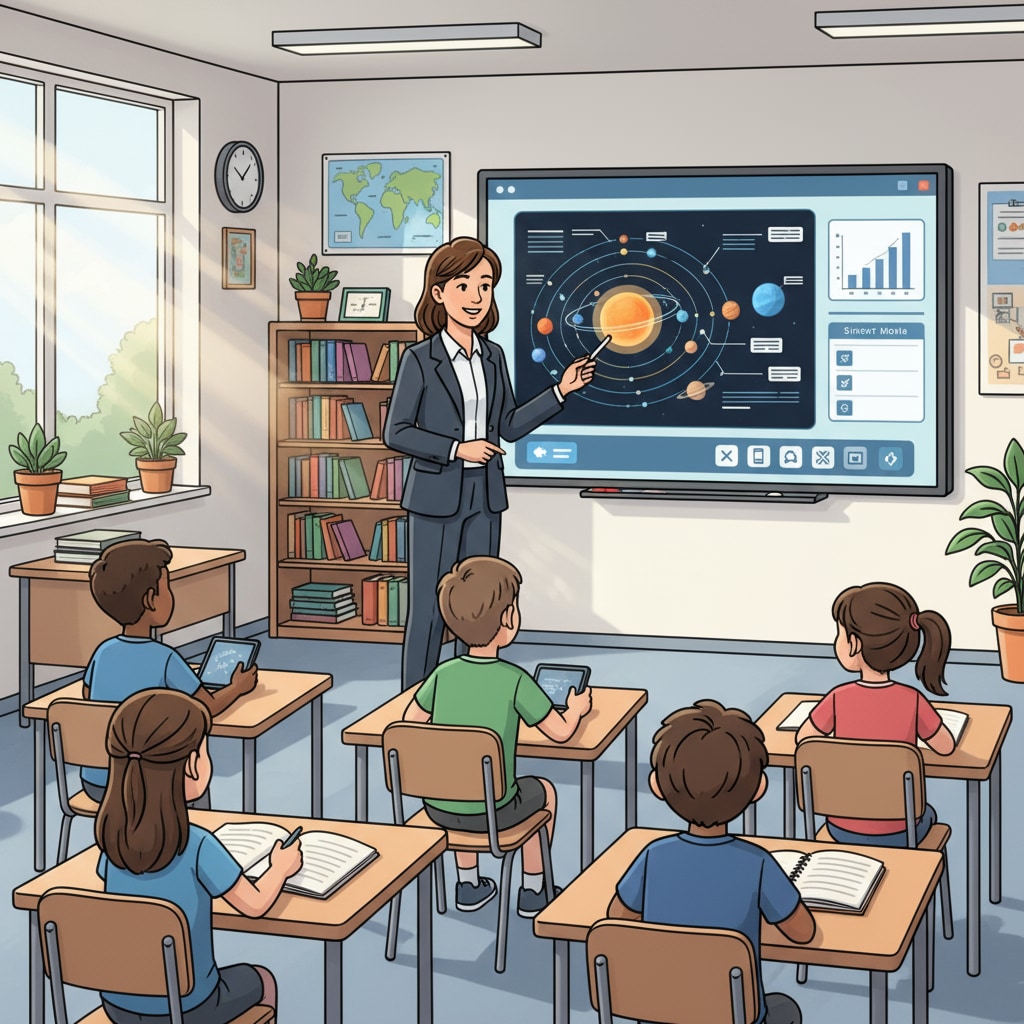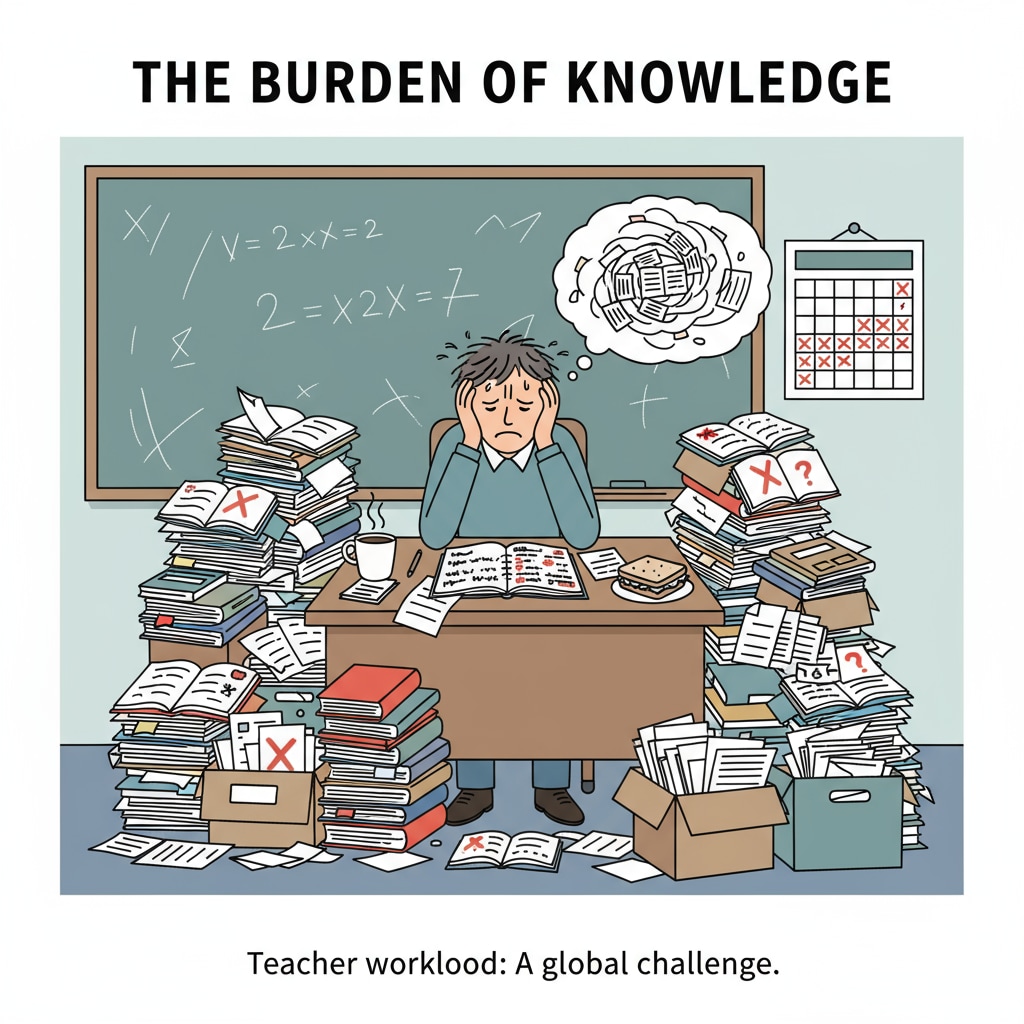In the realm of education, Teacher Workload, Technology-Enhanced Teaching, and Educational Innovation have become crucial aspects that demand our attention. Contemporary K12 teachers are grappling with a multitude of challenges, and technology might just be the key to unlocking a more efficient and effective educational landscape.

The Burden of Teacher Workload
K12 teachers today are often overwhelmed with an excessive workload. They are not only responsible for delivering lessons but also for preparing teaching materials, grading assignments, and providing individualized attention to students. For example, a teacher may spend hours each day creating detailed lesson plans. According to the National Education Association, the average teacher works far beyond the regular school hours, which takes a toll on their physical and mental health. This heavy workload restricts their ability to focus on innovative teaching methods and educational improvement.

Time Pressure and Its Consequences
In addition to the heavy workload, time pressure is another significant issue. Teachers have to cover a vast curriculum within a limited time frame. As a result, they may rush through lessons, leaving students with a superficial understanding. This time crunch also means that teachers have less time to engage in professional development activities, which are essential for Educational Innovation. Without continuous learning and exposure to new teaching techniques, it becomes challenging to keep up with the evolving needs of students. For instance, the rapid advancements in digital education require teachers to be trained in new technologies, but time constraints often prevent this.
The Salary Dilemma
The relatively low salary of K12 teachers is a persistent problem. Despite the crucial role they play in shaping the future of society, many teachers feel that their hard work is not adequately compensated. This can lead to a lack of motivation and even cause some talented educators to leave the profession. A study by the National Center for Education Statistics has shown that salary is one of the main factors contributing to teacher turnover. A better salary structure is needed to retain experienced teachers and attract new talent to the field.
The Promise of Technology-Enhanced Teaching
Technology-aided teaching offers a glimmer of hope in this challenging landscape. Tools such as learning management systems can streamline administrative tasks, allowing teachers to save time. For example, they can automate grading of multiple-choice assignments, freeing up hours that can be spent on more meaningful interactions with students. Additionally, educational software can provide personalized learning experiences for students, catering to their individual needs. This not only reduces the teacher’s workload but also enhances the quality of education. Interactive whiteboards and virtual reality (VR) technologies can make lessons more engaging and immersive, promoting better student learning outcomes.
Educational Innovation through Technology
Technology is also a catalyst for Educational Innovation. It enables new teaching models such as flipped classrooms, where students learn basic concepts at home through online resources and then engage in in-depth discussions and problem-solving in the classroom. This approach encourages active learning and critical thinking. Moreover, the use of artificial intelligence (AI) in education can provide real-time feedback to teachers and students, helping to identify areas for improvement. By leveraging these technological advancements, teachers can transform the traditional classroom into a dynamic and innovative learning environment.
In conclusion, the challenges faced by K12 teachers in terms of workload, time pressure, and salary are significant. However, Technology-Enhanced Teaching presents a viable solution to alleviate these burdens and drive Educational Innovation. By embracing technology, educators can not only improve their own work lives but also enhance the educational experiences of their students. It is time for schools, policymakers, and educational technology developers to collaborate and create an environment that supports teachers in this technological transformation. Teacher Workload, Technology-Enhanced Teaching, and Educational Innovation are intertwined, and by addressing these aspects, we can build a brighter future for education.
Readability guidance: This article uses short paragraphs and lists to summarize key points. Each H2 section provides relevant details. The proportion of passive voice and long sentences is controlled. Transition words like ‘however’, ‘therefore’, ‘in addition’, ‘for example’, and ‘as a result’ are scattered throughout the text to enhance readability.


